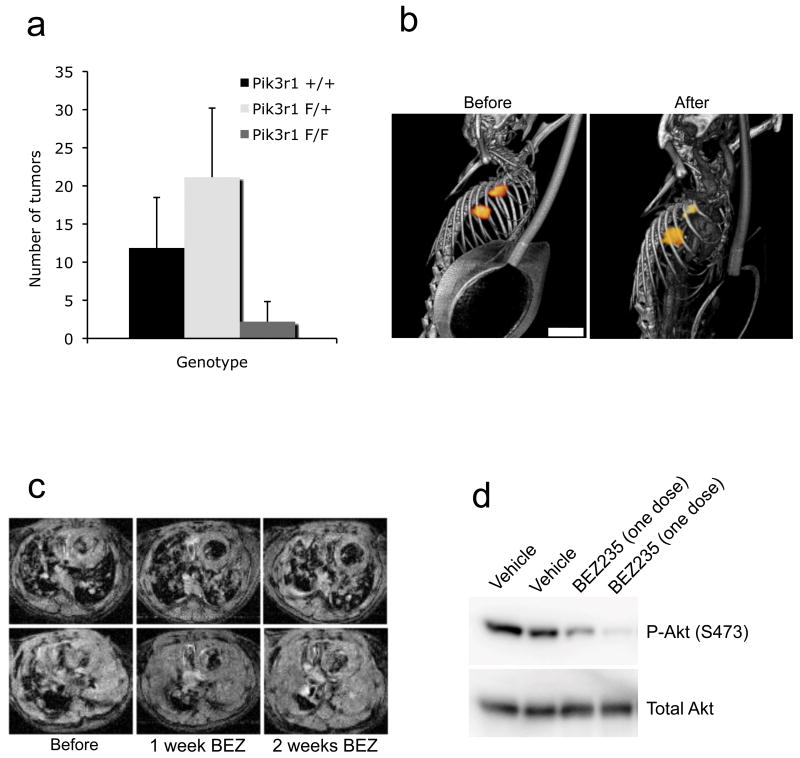Figure 3. PI3K signaling is needed for K-Ras induced tumorigenesis but not tumor maintenance.
(a) Genetic deletion of the PI3K regulatory subunit blocks K-Ras-induced tumorigenesis. LSL K-Ras; Pik3r2 -/- mice with either Pik3r1 +/+ (n=7), Pik3r1 F/+ (n=9), or Pik3r1 F/F (n=5) were treated with adenoviral Cre to induce lung tumors development. 15 weeks after adenoviral Cre inhalation, mice were sacrificed and tumor numbers were determined. The average number of tumors per mouse is shown for each genotype. (b,c) Tet-op K-Ras mice were induced to develop lung tumors with doxy, and then treated with NVP-BEZ235 35mg/kg for 2 weeks. (b) A PET-CT scan before and after one week of therapy is shown. Scale is 5 mm. (c) Axial MR images from two representative mice are displayed. Scale is 4.5 mm. (d) Tet-op K-RasG12D/CCSP-rtTA were induced to develop lung tumors on doxy and then were treated with one dose of NVP-BEZ235 35mg/kg. Lungs were harvested 6 hours later and probed for P-Akt (Ser473) and Total Akt.

